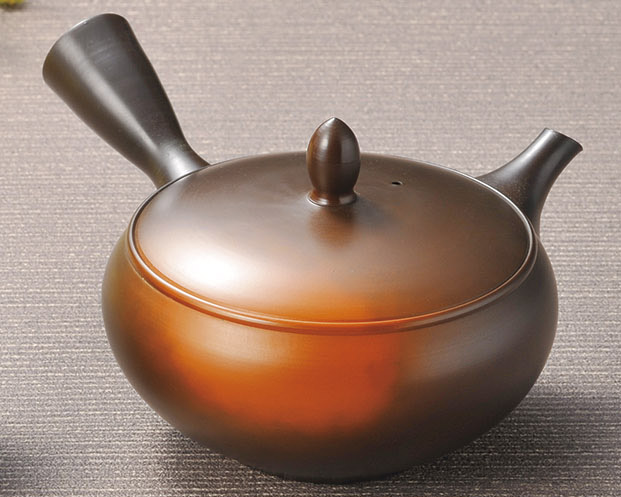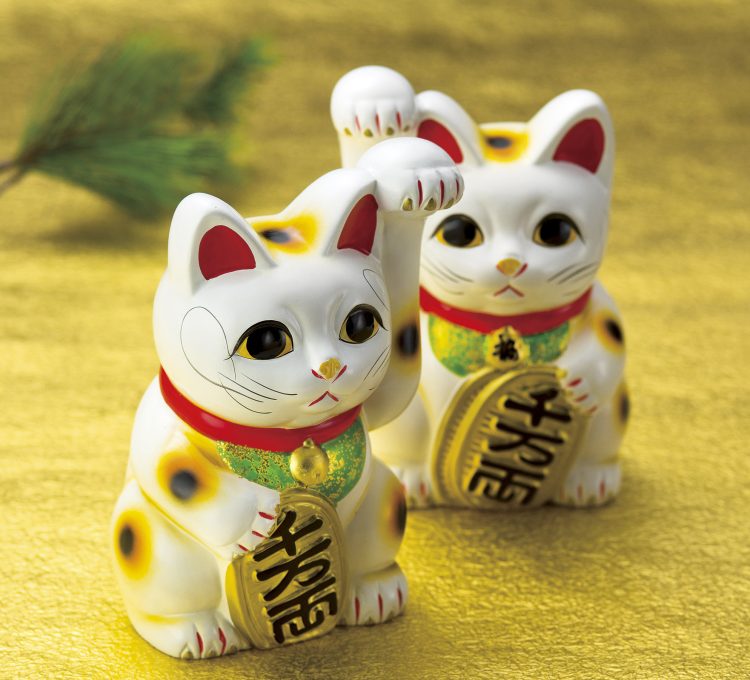News
2023.04.06
Columns
Tokoname Ware: Unique Specialty Products

Tokoname City, known as the production area of Tokoname ware, is located on the Chita Peninsula in Aichi Prefecture. During the Heian period, there were approximately 2,000 to 3,000 kilns in the Chita Peninsula, making it the largest production area among the “six ancient kilns” of Japan. The reason for this is that the Chita Peninsula is a hilly area with many slopes suitable for building kilns. In addition, the soil that can be collected from the Chita Peninsula has a high iron content and can be hardened even at low temperatures, so pottery was actively produced. Around the Muromachi period, the kilns from all over the Chita Peninsula were concentrated in Tokoname, and since then it has developed into one of Japan’s leading pottery production areas.
Tokoname ware, which has been around for about 1,000 years, has several distinctive specialty products. In this column, we will introduce the specialties of Tokoname ware along with the characteristics of Tokoname ware.
Table of Contents
Large Pots and Jars
Large pots and jars are characteristic Tokoname ware products that have existed since formerly times. From the Kamakura period to the Muromachi period, most of the pottery produced in Tokoname was made up of large pots and jars. Some of them were more than 50 cm high, and what made it possible to do mass produce such large pieces was due to the construction of the kiln. Prior to the Kamakura period, underground hole kilns were mainly used, but from the Kamakura period onwards, semi-above-ground large kilns became popular. As a result, mass production became possible, and Tokoname ware, which left the port of Tokoname, spread throughout Japan, from Tohoku in the north to Kyushu in the south. Even today, the production of large pots and jars continues, and they have become a specialty product that symbolizes Tokoname ware.
Vermilion Teapots
The second feature of Tokoname ware is the red clay. In particular, teapots made from vermilion clay have become the number one domestic market share, and vermilion pottery products are synonymous with Tokoname ware. As the name suggests, vermilion clay products have reddish-brown color. This is because vermillion mud collected in the Chita Peninsula contains a lot of iron oxide, and it takes advantage of the fact that it turns red when oxidized and fired. It has high water resistance and does not absorb water, so it is suitable for tea utensils. Another reason for its popularity is that the inside of the teapot is porous, which reduces the astringency and bitterness of the tea, making it mellow and delicious.
Vermilion clay is reddish by oxidation firing, and then blackened by reduction firing (black mud). Taking advantage of this characteristic, there are also products that are partly black or partly red.

Bonsai Pot
From the end of the Meiji period, Tokoname bonsai pots were added as a special product of Tokoname. From the middle of the Meiji period to the Taisho period, when bonsai became popular, many bonsai pots produced in Tokoname came to be used. As a result, it became a branded product called “Taishotoko”. Today, the TOKONAME brand of bonsai pots is widely known in Europe and the United States as a global brand.
Beckoning Cat
From around the early Showa era, beckoning cats began to be produced as characters of the Tokoname ware production area. After the war, the style of having a second-sized cat with an oval coin became popular, and now it is a popular product among tourists visiting Japan from overseas. A variety of hand-made beckoning cats were also made. It has become a symbolic character of Tokoname, and when you walk around Tokoname, you can see unique beckoning cats everywhere.

Architectural Pottery
As modernization progressed, the demand for ceramics in architecture increased. As modernization progressed, the demand for ceramics in architecture increased. Tokoname earthen pipes made of sturdy materials were highly valued as waterways buried under railway tracks. Brick tiles were adopted for the Imperial Hotel. It has been used in various aspects of architecture.
Finally
We have introduced that Tokoname ware has a variety of distinctive specialty products. Pottery making that has continued since the Heian period has made good use of the unique clay of the area and the characteristics of the land, and has been able to continue to make popular products nationwide to this day.
In addition to Tokoname ware, Imoto Sangyo handles a wide variety of Japanese ceramics and pottery. For more information, please see the “Goods & Cases” page.
Category
Archive

